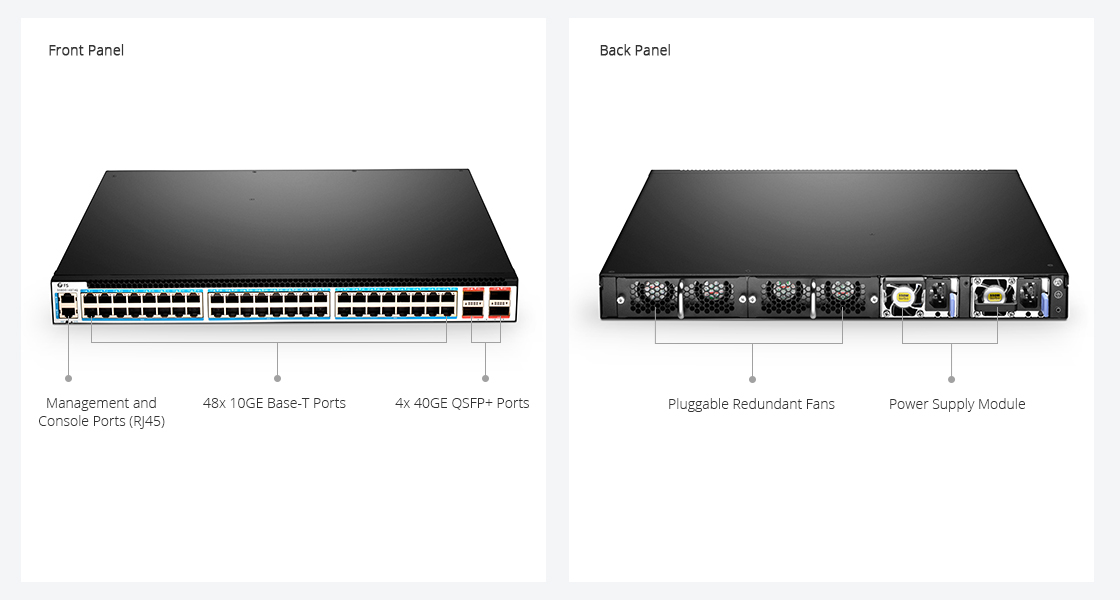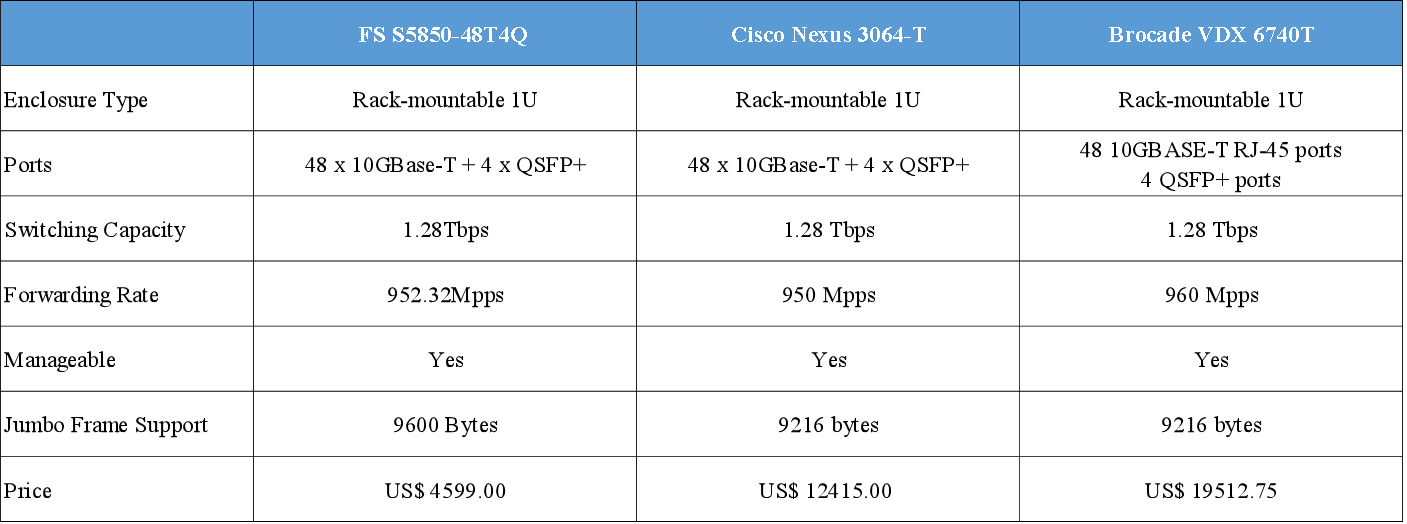With the major carriers “Broadband speed”, “Light of Copper” project extensively, The future will be a multimedia broadband services, video on demand, interactive games as the main feature, high-bandwidth, integrated operators will be judged promoted by the merits of the standard broadband products.
Under the broadband
Fiber Optic Network in the trend, PON technology has become the world’s attention to various telecom operators hot technology is one of the operators to implement “broadband speed”, “Light of Copper” engineering technology base. Wheter EPON, or GPON, which provides only for the uplink and downlink bandwidth of 1G or 2G, but with the current interactive network TV (IPTV), high definition television (HDTV), online games, video services and other large flow, a large broadband business development and popularization of the per-user bandwidth demand is expected to grow every three years, a trend of increasing magnitude, from the future operator of long-term trends, per-user bandwidth demand will be 50-100 Mbit/s between. This way, EPON and GPON are unable to meet the future needs of the development of broadband services, the existing PON port bandwidth, there will be a bottleneck. Therefore, ITU-T, FSAN, IEEE and other major standards organizations begin the next generation of PON technology research.
Similar to 1G PON Technology, 10G PON and 10G EPON technology is still divided into two camps 10G GPON. In IEEE 802.3av 10G EPON standards, maximizing follows the usual IEEE 802.3ah content, with good upward compatibility.
>> 10G PON technical analysis
Recalling the history of PON technology can be found in each of the PON technology from birth to the end of the day have to go through large-scale commercial development of technical standards, the relevant chip and optical module development, test and production, the creation of experimental and commercial bureau 4 stages of deployment, which lasted five years or so, each one of which will go through several stages of development of the argument.
* Standardization Advances
Standards are mature is the precondition of judging whether a technology have lead to condition. At this stage, including IEEE, ITU-T, FSAN and number of ongoing international standardization organizations 10G EPON and 10G GPON standards development work of two technologies. Overall, the 10G EPON technology start time earlier than 10G GPON, therefore, the current standardization process of 10G EPON slightly faster than 10G GPON.
a. 10G EPON
Technologies with 1G EPON, 10G EPON standards are mainly led by the IEEE to complete. IEEE organization at September 12, 2009 released the 10G EPON international standards 802.3av, this standard focuses on the physical layer 10G EPON technology research, followed the tradition of 1G EPON MPCP protocol, the 1G EPON downlink bandwidth increases to 10G at the same time, to ensure that the operator of the original investment is not compromised and 10G EPON smooth upgrade, IEEE 802.3av standard defines and 1G
EPON ONU coexist in the same ODN network of 10G EPON ONU standard parameters.
Further, in IEEE 802.3av standard, the physical layer defines two parameters: one asymmetric model, which 10G rate downlink and 1G rate uplink; other is symmetrical pattern, i.e. uplink rate and downlink rate are both 10G. Asymmetric mode can be considered as a transitional form symmetrical patterns, in the early less demand for upstream bandwidth and cost sensitive applications, you can use an asymmetric form. With the development of business and technology progress, will be gradually transition to a symmetrical mode.
b. 10G GPON
According to ITU-T Study plans, NGPON will experience two standard phases: the first phase is the coexistence with GPON, GPON ODN heavy use of XG-PON, which in turn contains the uplink and downlink phase XG-PON1 asymmetric and symmetric XG-PON2 two kind of model; Second stage is completely new ODN’s NGA2. High concern Wavelength Division Multiplexing – Passive Optical Network (WDM-PON) technology areas belong to the second stage, it was adopted in a fiber access network using multiple wavelengths to achieve the expansion, but the burst mode CWDM, colorless ONU transceivers, tunable WDM devices and some difficult technology can not break, WDM-PON is still at the proof stage.
In the end of September 2009 meeting of the ITU-T SG 15 plenary session, Q2 Working Group officially launched the NG-PON standard text in the first stage, that overall demand for next-generation PON systems (G.987.1) and Physical Layer Specifications (G.987.2), and also developed in mid-2010, publishing transmission convergence layer (G.987.3) and management control interface (G.988) standards program.
* Technical Parameters
Wheter IEEE 802.3av, or ITU-T G.987 protocol suite, all relevant technical parameters for 10G PON physical layer index, optical power budget to make a detailed definition. However, due to the two major standards organizations considered the starting point, the technical indicators are also some differences.
a. 10G EPON
There are four key points of 10G EPON technology:
1. Defines six 10G EPON optical power budget, in view of the asymmetric mode PRX10, PRX20 and PRX30 as well as for symmetric mode PR10, PR20 and PR30, these six kinds of optical power budget model is basically to meet the construction needs of the service provider network;
2. 10G EPON technology in achieving the 1G EPON conventional multi-point control protocol layer (MPCP) based on the forward compatibility, also extended the original message type, for reporting optical terminal equipment (OLT), ONU
Optical Transceiver switch time to meet the 10G EPON system requirements;
3. 10G EPON uses (255, 223) Forward Error Correction (FEC) encoding method, the encoded with FEC coding for the same strain of 1G EPON, but its strong support 10G EPON coding gain can lower the sensitivity of the optical receiver;
4. 10G EPON uplink and downlink wavelength for the re-planning, downlink using 1268-1280nm wavelength, then reuse the original uplink of 1G EPON 1575-1580 nm wavelength, the wavelength in order to avoid conflicts, 10G EPON uplink only use time division multiple access (TDMA) manner.
b. 10G GPON
Has been released G.987.1 standard that defines 10G GPON system’s overall technical requirements and system architecture, clearly put forward the 10G GPON system to ensure good QoS, based on the traditional telecom services to fully support all emerging businesses and the same time, also provides dynamic Bandwidth Allocation (DBA) algorithm, energy saving, authentication and encryption related content to inherit the original 1G GPON technology; The G.987.2 is the focus of standardized 10G GPON physical layer parameters, including downlink rate, ODN power budget, splitting ratio, up and down the line wavelength range and line coding, etc., although down the line of 10G EPON same wavelength range and 10G EPON, GPON but due to the wavelength with 1G is not conflict, therefore, 10G GPON uplink and downlink are used wavelength division multiple access (WDMA) manner.
* Industrial chain development
A complete industrial chain, including chip PON, optical modules and equipment three links. If to analysis PON industry chain, it need to start from the three links, analysis of every link current development status and future development trend.
Overall, 10G EPON and 10G GPON is currently not reach the requirements of large-scale commercial applications, although some equipment manufacturers have recently introduced a 10G EPON or 10G GPON products, and with operators, the creation of some experimental inning, but still in the laboratory testing phase, is still some distance away from the large-scale commercial.
>> Conclusion
10G PON technology to meet future access networks, “large-capacity, fewer offices,” the direction of development, while improving access speed, supports larger branching ratio, covering more users. Therefore, 10G PON technology will become the future telecom operators to achieve “broadband speed”, “Light of Copper” and other broadband network construction hot technology for sustainable development.







